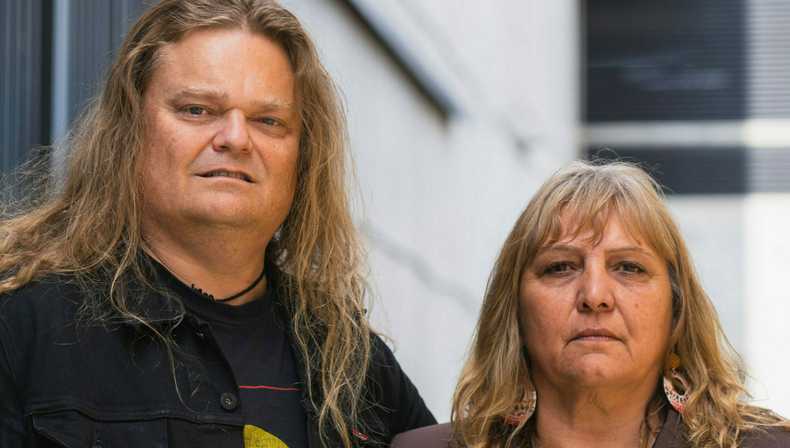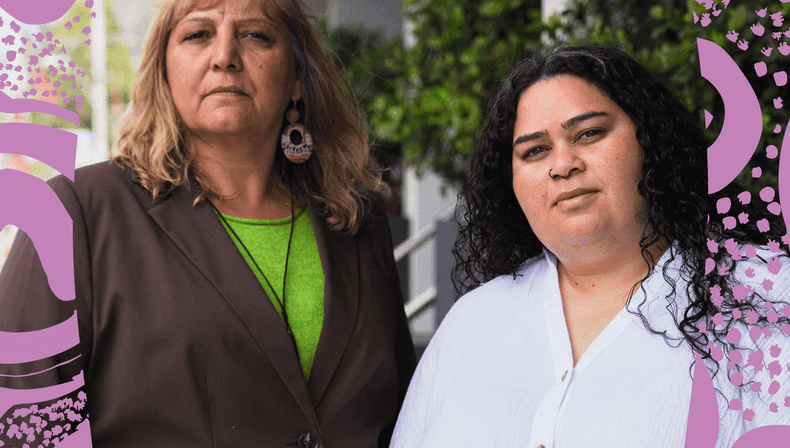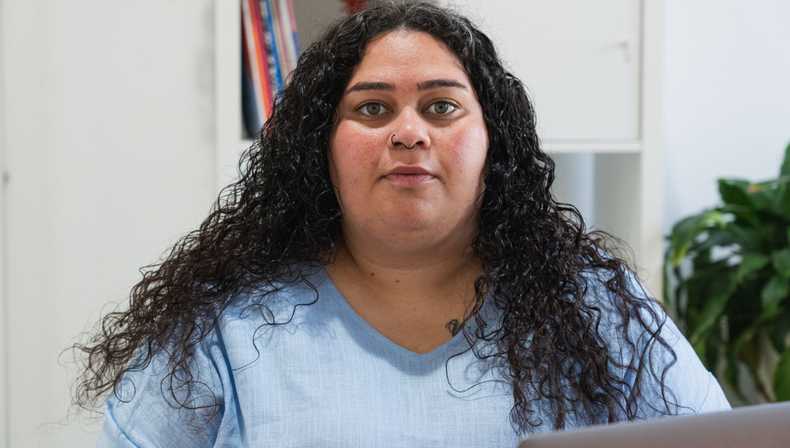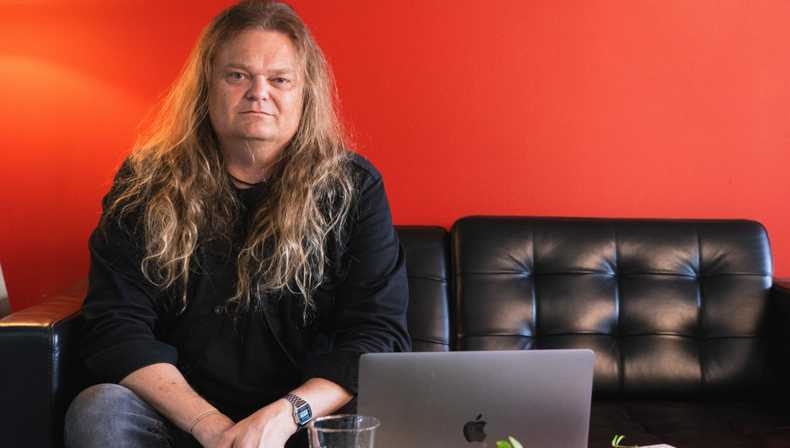Miriam’s story
Miriam talks about First Nations cultural rights under the Charter of Human Rights and Responsibilities. We explain how the Equal Opportunity Act and Charter of Human Rights and Responsibilities relate to her situation, and how the Commission can help people who have a similar experience.
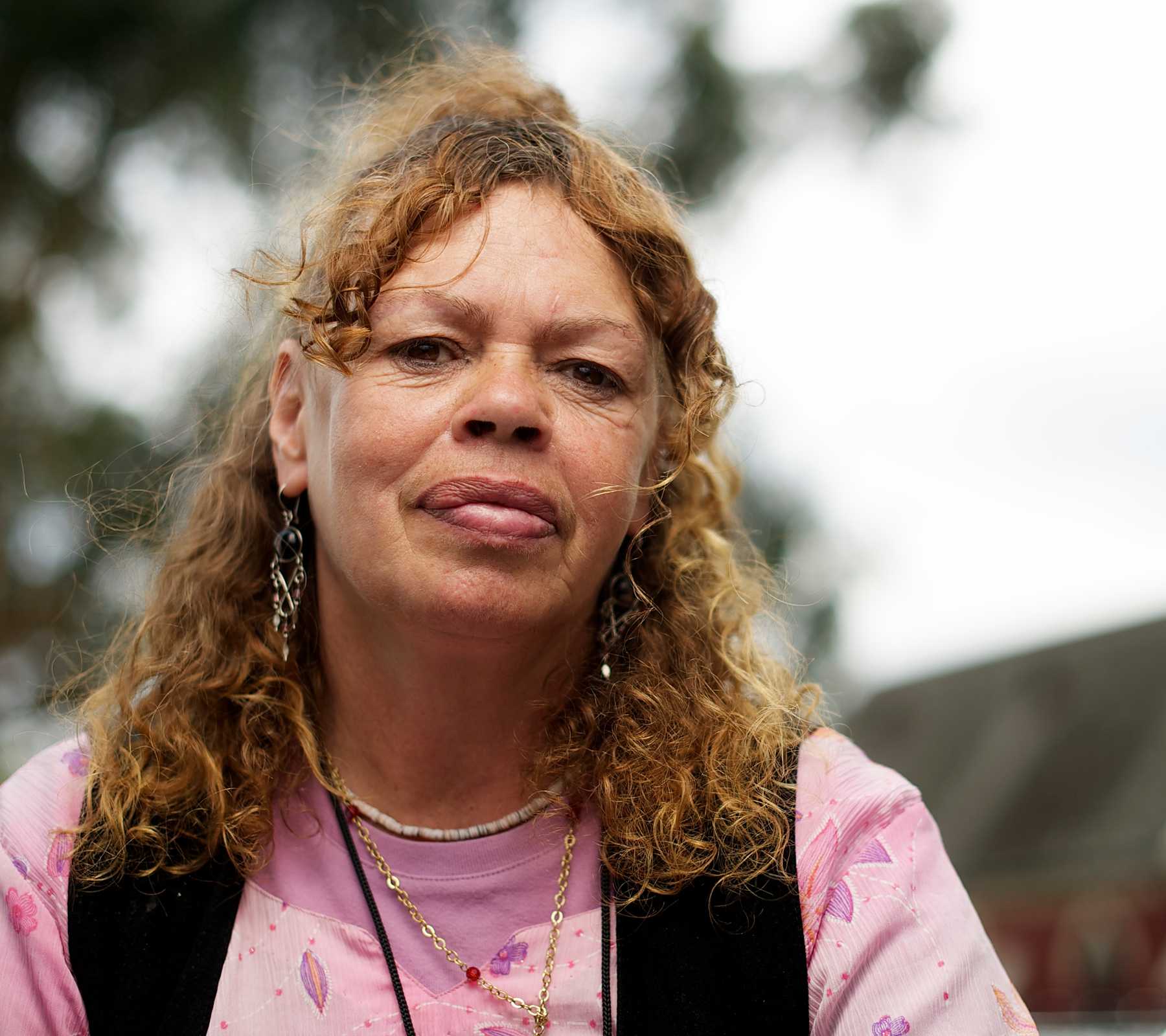
Stock photo only, posed by model
"I was put on a 'compulsory treatment order'. It meant the hospital could give me whatever treatment they wanted, even if I didn’t want it. But even when you’re getting treatment like that, you still have rights."
“When I look back on it, the hospital should have told me more about my rights. The Charter of Human Rights and Responsibilities in Victoria covers Aboriginal cultural rights specifically, so the hospital should have put me in touch with an Aboriginal or Koori mental health worker. That didn’t happen.
They should’ve also allowed me to get in touch with my Aunty Sally. She always looks after me when I’m doing it tough. But the nurses ignored my request and, instead of helping me, just gave me more medication if I got angry. I felt so disconnected in there, away from my family and anyone I knew – the people that know me best. You need people around you that you can trust when you’re in meetings having to make decisions about your health.
Once I was out, my family encouraged me to contact the Commission. I wanted the hospital and the nurses to realise what they could have done to help me and how they could help other First Nations people. With my permission, the Commission contacted the hospital. I got my Aunty to come to the meeting with them, and we talked to a manager from the hospital about how I’d felt. The hospital apologised and agreed to make some changes so they could better help other First Nations people in their care.”
The incidents portrayed in this story are inspired by real complaints received by the Commission, but all names and other identifying details have been changed. The photo above is a stock photo, posed by a model.
How does the law apply to Miriam’s situation?
Under Victoria’s Equal Opportunity Act, it’s against the law to harass or discriminate against someone because of their race or a disability. This means the staff at the mental health facility can’t treat her unfairly just because she is a First Nations person, or because she has a mental health condition.
The Equal Opportunity Act applies in many areas of public life, including goods and services, employment, education and accommodation.
Victoria’s Charter of Human Rights and Responsibilities also protects the distinct cultural rights of First Nations peoples in Victoria. This means public authorities must not deny First Nations people the right to enjoy their identity and culture, use their language or maintain their distinctive spiritual, material and economic relationship with Victoria’s land and waters.
You can make a complaint
Get help from us.
You can make a complaint to us if you think you have experienced:
If you wish, someone else can make a complaint for you. Find out how we help people resolve complaints.
We can also give you information about your rights.
More information
- Find out more about race discrimination and vilification
- Find out more about where discrimination can occur
- Find out more about cultural rights
